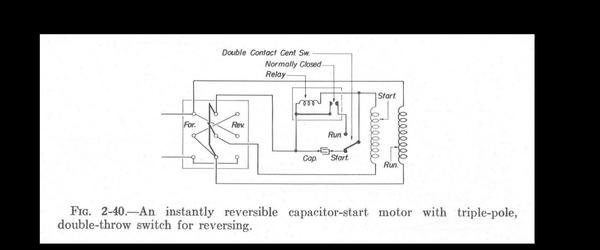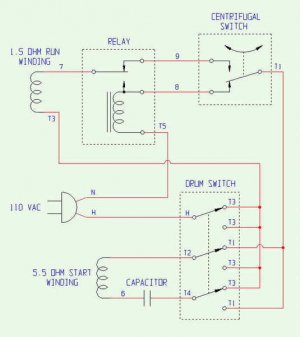- Joined
- May 12, 2014
- Messages
- 164
Hi guys,
My switching works well but ..
While my lathe is still turning slowly forward, when I click it into reverse and it still rotates forward.
The reason I did this or want to do this is to quickly reverse when threading close to a shoulder.
One time it kept going and panic set in even at slowest speed selected 65 rpm "and was coasting down
It will reverse as long as your not over "say 20 rpm
Question: Why doesn't it reverse immediately and 2 how can I tweak it to reverse immediately.
Thank's for any input
dd
My switching works well but ..
While my lathe is still turning slowly forward, when I click it into reverse and it still rotates forward.
The reason I did this or want to do this is to quickly reverse when threading close to a shoulder.
One time it kept going and panic set in even at slowest speed selected 65 rpm "and was coasting down
It will reverse as long as your not over "say 20 rpm
Question: Why doesn't it reverse immediately and 2 how can I tweak it to reverse immediately.
Thank's for any input
dd



